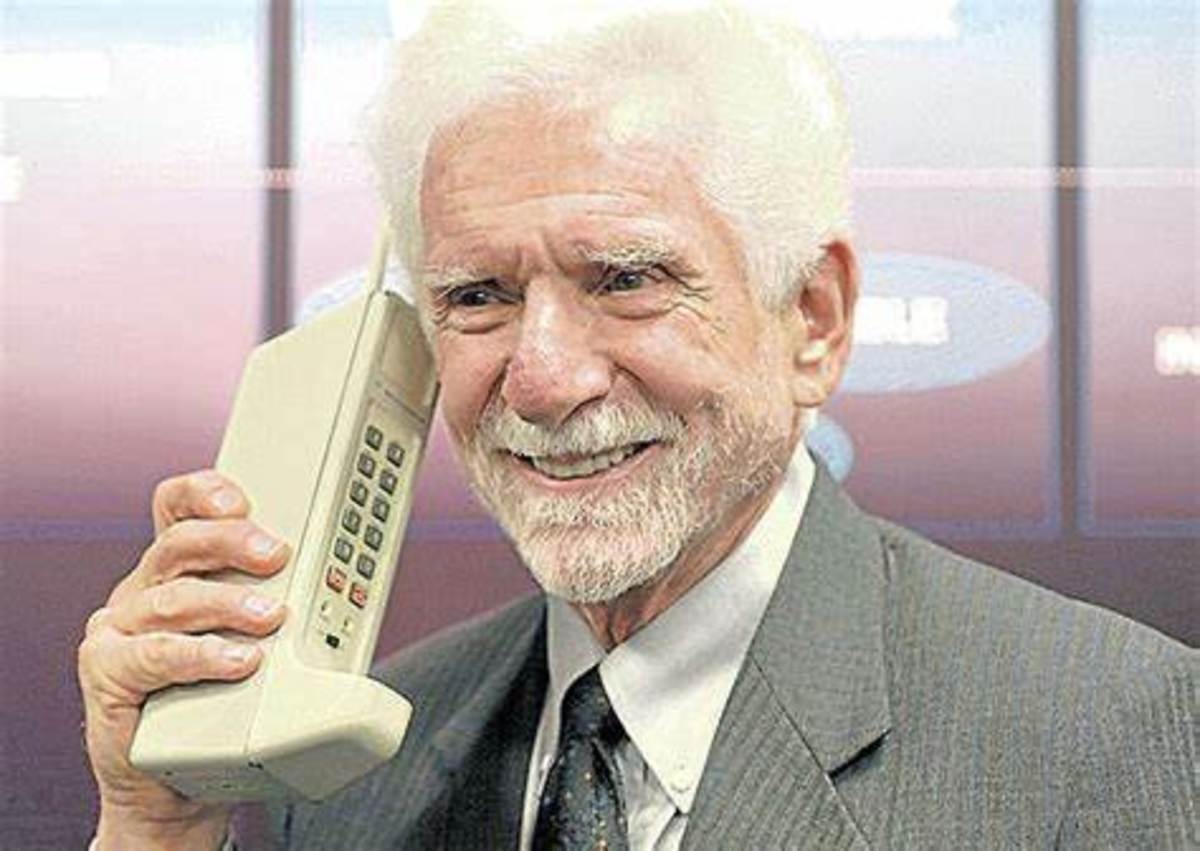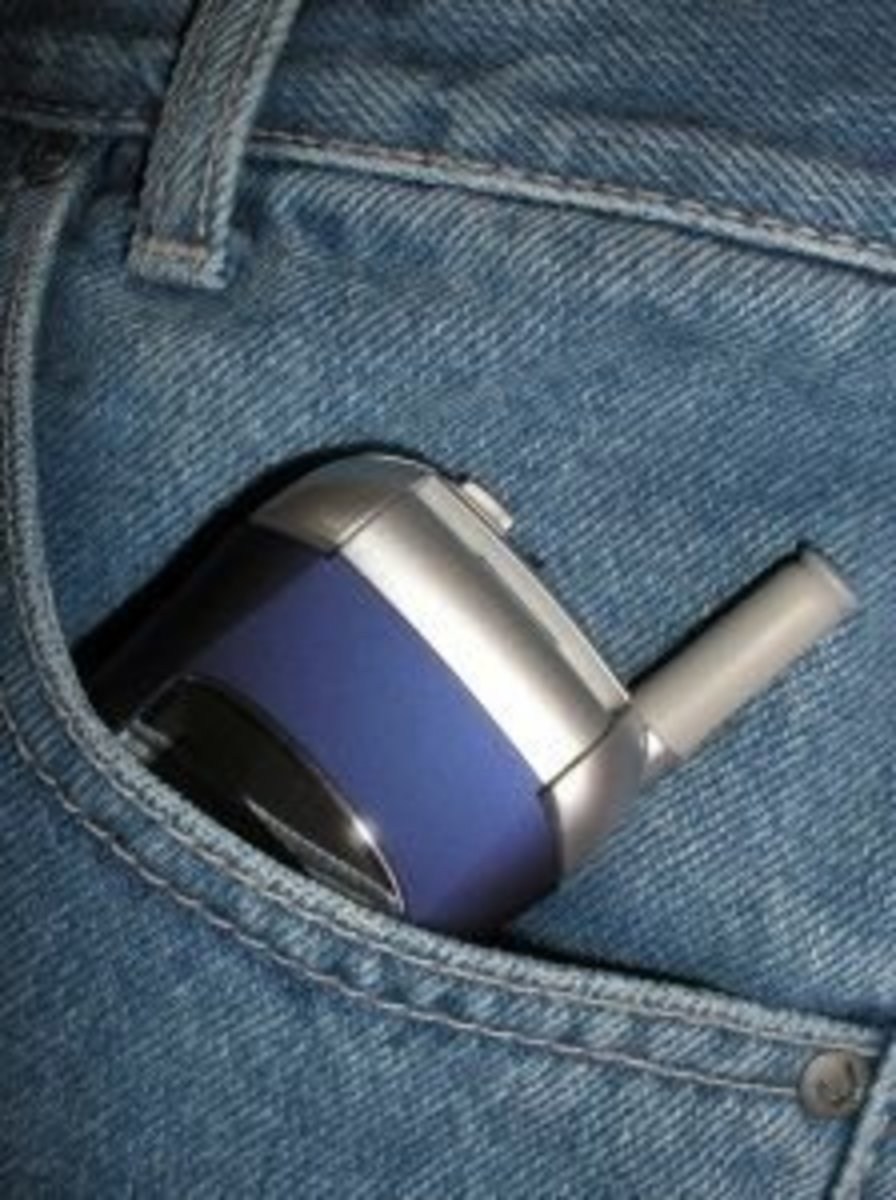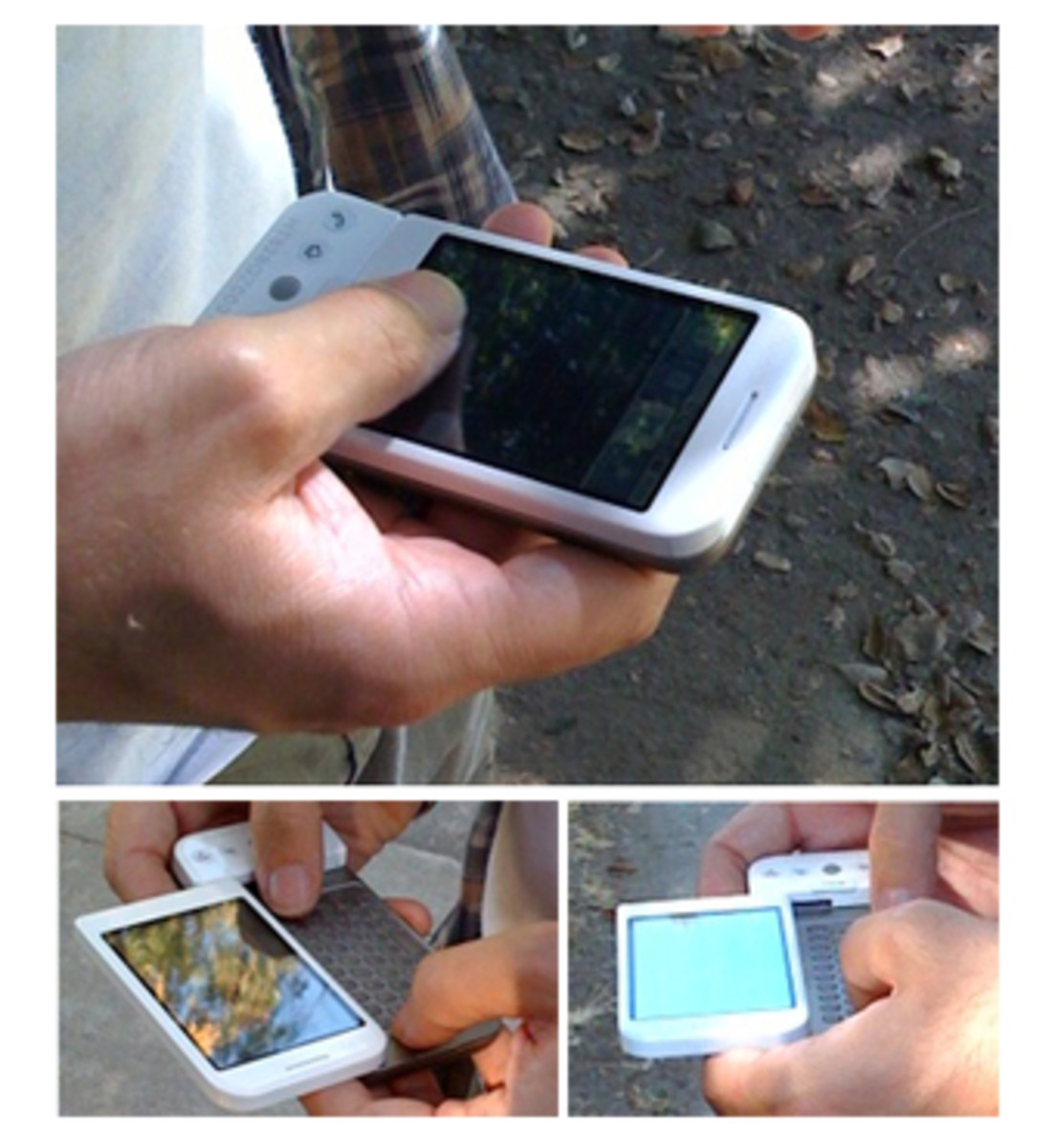Easy to Learn Cell Phone Acronyms
Laughing Out Loud Abbreviated

Twenty-First Century Shorthand
With the advancement of cell phone and computer technology, people have found a new way to communicate with one and another through the use of acronyms. When I first started texting nine years ago, I would often receive messages written in a cryptic code of LOL, LMAO, and BRB. It took me forever to decipher the meaning of these abbreviated sentences. It took me just as long to learn how to use this new form Internet lingo. Needless to say, I am still no expert in the written dictation of this twenty first language but, I am getting there. You might say it became a necessity, when my son received his first cell phone, three years back. Since I am the ever watchful parent, I found out quickly that I needed to take a crash course in this subject if I wanted to be on top of his activities.
A Resource for Understanding Your Child's Text Messages
- After many hours researching this topic onLine, I discovered that the National Anti-drug Campaign's public website, was one of the best resources on the Internet for learning different text messaging acronyms. They have put together a parental guide on mobile phone and Internet acronyms as well as, including the hidden meanings to a particular acronym phrase. Not only can I now use acronyms to communicate faster with family and friends but, I now I was able to know what my son was saying. It is important that before you ever give your child a cell phone, tablet or computer that you familiarize yourself with the language of the time. Make sure that their new lingo is not an enigma. It is the right step to take first.
Text Message Abbreviations
2014 Emoticons Symbols and Meanings
:-V Shouting
:-d~ Heavy smoker
:-|| Very angry
B:-) Sunglasses on head
d :-o Hats off to you!
~:-( Flame message
IOHO In Our Humble Opinion
:-> Smile of happiness or sarcasm
:->< Puckered up to kiss
8-| Wide-eyed surprise
:@ What?
:^D Happy, approving
][ Back to back
:-{} Blowing a kiss
:-r Sticking tongue out
=:-) Punk or hosehead
=^D Big grin
=^* Kisses
-) Tongue in cheek
:.( Crying
:( Sad
:| Bored, sad
For the full list go to www.computeruser.com
Teenage Acronyms Different From Adults
Today there are many different ways for technology users to communicate with one another. There are the letter acronyms, which are listed and then there are the emoticons. Emoticons are facial expressions that represent a smiley face, sad face, mad face, etc. which were designed to add a more human expression or explanation, when two or more people are communicating via the World Wide Web or by cell phone technology. This remote user to user interfacing allows a person to personalize their feelings, in the otherwise blank existence of the computer monitor or mobile phone screen.
For technology newbies, mature adults, and parents of pre-teenagers and teenage children, learning this new form of communication can be challenging. Do not become overwhelm like I did. It is okay to start off slow, in this fast paced world. Trust me when I write that yes, people realize that not everyone has grown up with computers. I did not get my first household computer until I was twenty seven (1997). Most people are more than willing to tell you what something they type means. I have never encountered anyone in a chat room or on a website that was not willing to help me communicate better, or give me a definition of an acronym phrase they might have been using. I do suggest learning some of the few basics first before going into an online forum or computer chat but no worries, communicate with the phrases you know and grow your acronym vocabulary skill as needed.
Something else to know is that for the most part, mobile phone acronyms and emoticons are universal. Although I have found slight differences in acronym phrases, based off a sending user's country. There are also differences on what acronyms a sender will use, based off of a particular age or reason. Different age groups for example, employ the use of some acronyms that another age might not use or need to write. Like for instance my eighteen year old son might use the acronyms; PAW, P911 or POS. Which means; "parent are watching," "parental emergency," and "parents over shoulder." It is quite obvious that since I am an adult, I have little use for these particular acronyms. However, they are warning phrases that good parents, might want to learn for their own sanity. It also is a good indication of what the age person, your child might be communicating with. In this technology era, parents cannot be to careful. Familiarize yourself with to whom, your child might be communicating with on a regular basis.
As for my son and me, I guess you could say that we use the most common acronyms, and rarely do I use emoticons in my messages. I am a really fast typist. I learned to type using a manual typewriter back in the early eighties. I can literally type the full phrase faster, than it takes me to think of the acronym I am wanting to use. I wish the same could be said about my son Zachary. Whereas I can generally type a long form sentence faster, he can type his acronyms and be done with his entire conversation, with the use of three to four little letters. By the time I am finished with my one conversation, he has conducted as many as two other conversations. It was because of that reason, which made me decide it was time to learn to use this warp speed form of text messaging and computerized communication.
Common Cell Phone Acronyms
- WYCM — Will You Call Me?
- ASL — Age/Sex/Location
- MorF — Male or Female
- KFY — Kiss For You
- MOOS — Member(s) Of the Opposite Sex
- ADR — Address
- LMIRL — Let's Meet In Real Life
- HAK — Hugs And Kisses
- ILU or ILY — I Love You
- KOTL — Kiss On The Lips
- SMIM — Send Me an Instant Message
- SMEM — Send Me an E-Mail
- WUF — Where Are You From?
- WYRN — What's Your Real Name?
- TY — Thank you
- YW — You're Welcome








